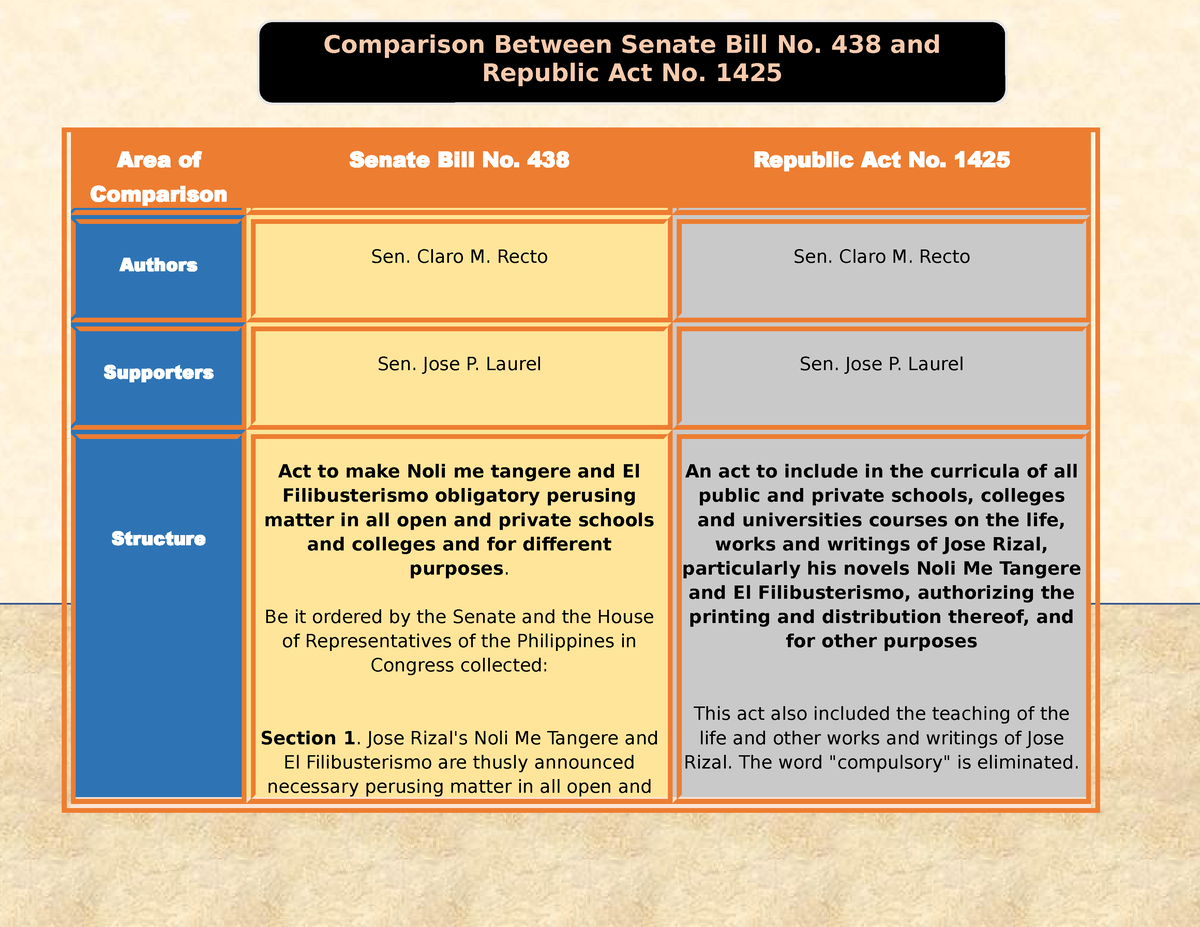Table Of Content

However, as district borders were never defined definitively, they can and often do stretch into peculiar shapes due to a practice known as gerrymandering. The Senate's plan also requires a 120 hours-per-month work requirement, with no contingency to expand Medicaid if CMS doesn't accept it. The employee primarily performs executive, administrative or professional duties.

What's a Select Committee?
These interviews cover the breadth of the 20th century and now the 21st century, and include a diverse group of personalities who witnessed events first-hand. Members of the House are elected every two years and must be 25 years of age, a U.S. citizen for at least seven years, and a resident of the state (but not necessarily the district) they represent. Established by Article I of the Constitution, the Legislative Branch consists of the House of Representatives and the Senate, which together form the United States Congress.
House of Representatives2
As outlined in the Constitution, the House represents citizens based on district populations, while the Senate represents citizens on an equal state basis. This agreement was part of what is called The Great Compromise which, in turn, led to the Permanent Seat of Government Act establishing the nation’s federal capital in Washington, DC. The first step in the legislative process is the introduction of a bill to Congress. Anyone can write it, but only members of Congress can introduce legislation. Some important bills are traditionally introduced at the request of the President, such as the annual federal budget.
Resources on House of Representatives roles and responsibilities
The members of the Senate are popularly known as the senators and are elected for a duration term of 6 years. One of the major privileges of the House of Representatives is its power to accuse and impeach a member or a representative. All the money and revenue bills must initiate in the House but need to be approved by the Senate to become law.
What the New Overtime Rule Means for Workers
Scarcella-Spanton introduced legislation earlier this year that contained squatter-defining language similar to what was included in the state budget. Previously, there was limited legal distinction between tenants and squatters. With the 2020 election on the horizon, that is likely to prove extremely difficult, meaning he will struggle to make any significant changes over the next two years. While the House of Representatives work for the local population, Senators are there to represent the interests of the state. They are there to represent their local population in Congress and are the person that you should go to if you have a problem with how the country is being run. Learn more about the legislative process with this video from Congress.gov.
Enumerated, implied, resulting, and inherent powers
Senators are elected for a six-year term, but House representatives only have two-year terms before they need to seek reelection. Every member of the House is up for election or reelection every two years, but the Senate has a staggered system wherein only one-third of the Senators are up for election or reelection every two years. It is possible for the House to change to a large extent (in terms of party control) every two years, but changes are slower in the Senate. In both chambers, incumbents have a great advantage over challengers, winning more than 90% of all contested races. Starting July 1, most salaried workers who earn less than $844 per week will become eligible for overtime pay under the final rule. And on Jan. 1, 2025, most salaried workers who make less than $1,128 per week will become eligible for overtime pay.
In cases of impeachment (e.g., Andrew Johnson in 1868 and Bill Clinton in 1998), the House determines if charges can be brought against the official, and a simple majority vote approves or rejects the filing of charges (the impeachment process). If approved, the Senate then serves as the investigative/judicial body to determine if the charges merit removing the accused official from his or her office. However, the vote in the Senate has to represent "a significant majority," usually taken to mean 67 of the 100 votes.
House gets younger, Senate gets older: A look at the age and generation of lawmakers in the 118th Congress - Pew Research Center
House gets younger, Senate gets older: A look at the age and generation of lawmakers in the 118th Congress.
Posted: Mon, 30 Jan 2023 08:00:00 GMT [source]
Every 2 senators are elected from the same state irrespective of the particular state’s population. The Senate, on the other hand, is designed to represent the states equally. Each of the 50 states is represented by two senators, giving the Senate a total of 100 members. The Committee on Ethics has jurisdiction over the rules and statutes governing the conduct of members, officers and employees while performing their official duties. The Committee of the Whole House is a committee of the House on which all representatives serve and which meets in the House Chamber for the consideration of measures from the Union calendar. The House’s standing committees have different legislative jurisdictions.
Resources on how a bill becomes law
In addition, Congress’ war powers have created a lot of friction between the executive and legislative branches. For example, presidents have tried to expand their power to engage the U.S. military in overseas conflicts, as the House of Representatives Archive describes. For example, in the period after World War II, presidents committed troops to the Dominican Republic, Laos, and Vietnam, among other countries, without requesting or receiving authorization from Congress. At the Constitutional Convention of 1787, delegates from Connecticut proposed that the seats in the House be assigned based on population, while the seats in the Senate be assigned two per state. The Great Compromise (or Connecticut Compromise) gives each state equal representation in the Senate while ensuring equal representation per citizen in the House. Together, the House and Senate form the legislative branch of government.
Each considers bills and issues and recommends measures for consideration by the House. Committees also have oversight responsibilities to monitor agencies, programs, and activities within their jurisdictions, and in some cases in areas that cut across committee jurisdictions. Learn more about the history of the majority and minority leaders from the Office of the Clerk.
Some have become permanent, but most are formed for limited time frames. Although useful for zeroing in on key issues, the proliferation of committees, and especially subcommittees, has decentralized the legislative process and significantly slowed it, making Congress less responsive to changing trends and needs. The House plays a major role in government, mainly that of initiating all revenue-based legislation.
To elect the vice-president if there is no overall majority in the Electoral College. Rather it means the House wanting to bring formal charges against a public official because, in their view, there is sufficient evidence of `Treason, Bribery, or other high Crimes and Misdemeanors.' (Art. II Sec. 4). The makeup of the Rules Committee has traditionally been weighted in favor of the majority party, and has been in its current configuration of 9 majority and 4 minority members since the late 1970s. All committees have websites where they post information about the legislation they are drafting. To be elected, a representative must be at least 25 years old, a United States citizen for at least seven years and an inhabitant of the state he or she represents. Since 1976 the Senate Historical Office has interviewed Senate officers, parliamentarians, clerks, police officers, chiefs of staff, reporters, photographers, Senate pages, and senators.
She was succeeded in turn in January 2011 by John Boehner, who was not able to exercise the degree of control of previous Speakers. Before members are assigned to committees, each committee’s size and the proportion of Republicans to Democrats must be decided by the party leaders. The total number of committee slots allotted to each party is approximately the same as the ratio between majority party and minority party members in the full chamber. Both chambers of Congress have extensive investigative powers, and may compel the production of evidence or testimony toward whatever end they deem necessary. Members of Congress spend much of their time holding hearings and investigations in committee. Refusal to cooperate with a congressional subpoena can result in charges of contempt of Congress, which could result in a prison term.
Before the year 1913, the representatives of the Senate were not directly elected by the citizens of the United States. The Senate constitutes 100 seats, and every 2 seats have representatives from the same state. The House has always been close to the citizens as its representatives have always been elected and voted by the citizens of the country. The enumerated powers of Congress allow for the creation of public policy in several important areas.
Once the bill is released by the committee, representatives or senators debate it and propose amendments or other changes prior to putting the bill to a vote. After passing in the initial body (House or Senate), the bill goes to the other body, where it’s researched, discussed, and amended further. Therefore, the majority party must work more closely with the Senate minority party than is typical in the House, which needs only a simple majority to approve measures. The Senate website describes the relationship between the majority and minority parties in the Senate as “one of compromise and mutual forbearance” that’s intended to prevent stalemates from arising on important matters of legislation. The duties of the Senate majority leader include handling all procedural matters that arise on the Senate floor and informing members of the majority party about the content, implications, and status of all pending legislation. In collaboration with Senate committee chairs, the majority leader addresses any conflicts that may prevent proposed bills from being passed.
Given its smaller dimensions, the Senate has more flexible rules and maintains its traditional aristocratic features, including the “Filibuster”. According to the “Filibuster”, whoever gets the floor can keep it for as long as he/she wants and can talk about whatever he/she wants, even if his/her speech is not pertinent to the topic of discussion. Taking the floor and filibustering for hours is a technique employed to push the other members of the Senate to compromise and implies the fact that, sometimes, minorities can rule the Senate.

No comments:
Post a Comment